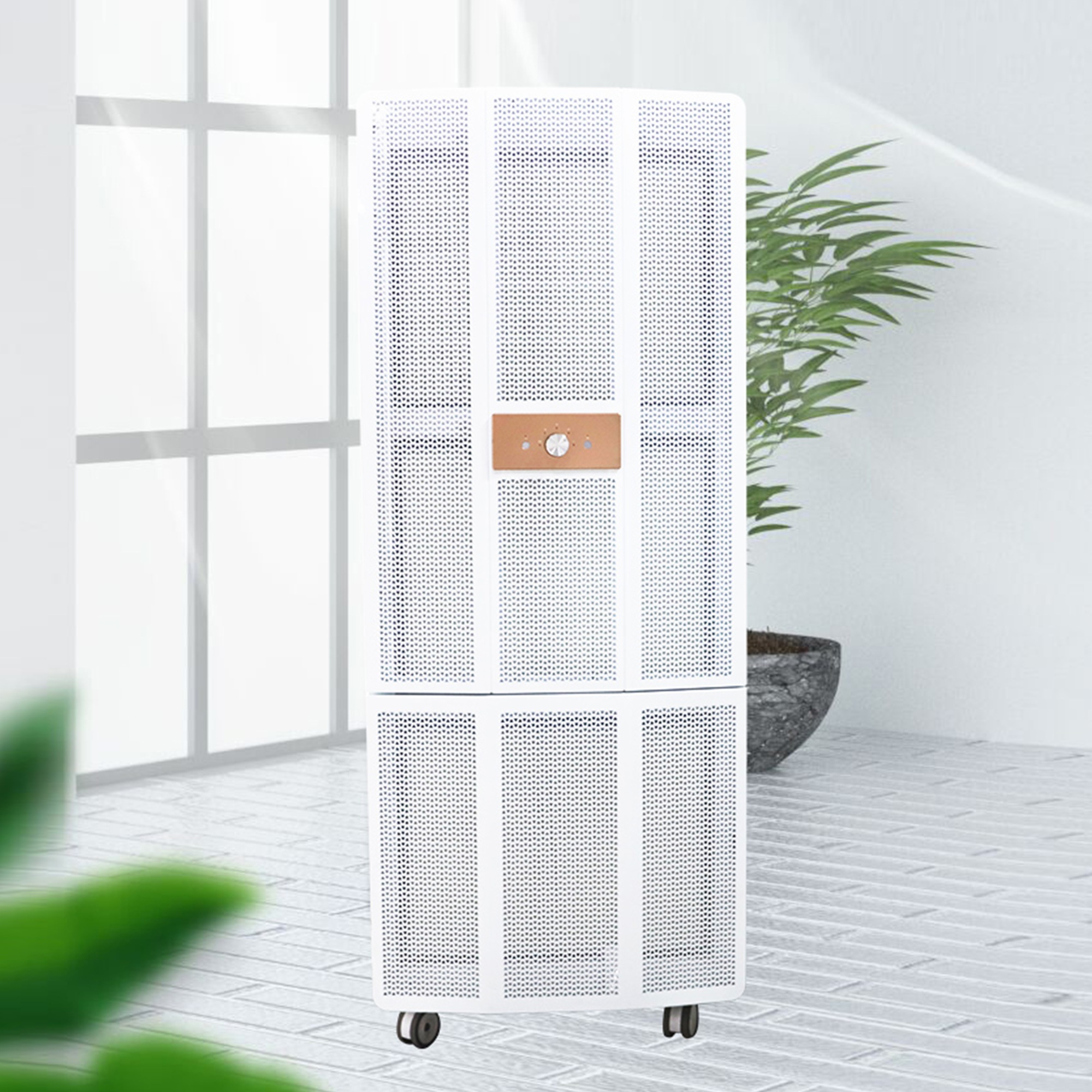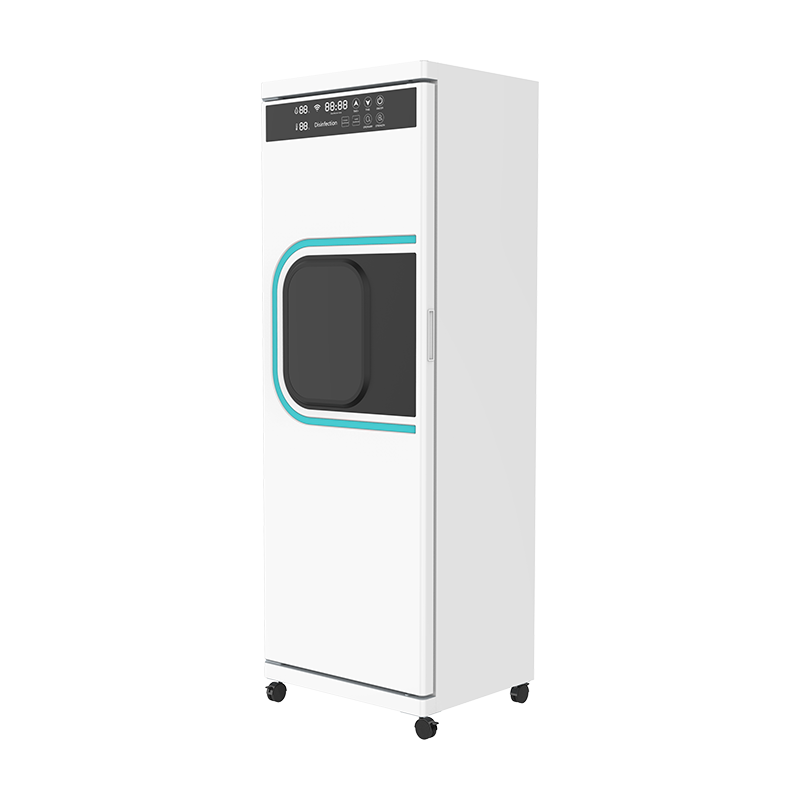To reduce smoke production in an air fryer, you need to address two main causes: overheated grease and carbonized food residue. Understanding the causes of smoke can help reduce it.
Content
1. Keep the air fryer clean
(1)Clean thoroughly after each use: Focus on the fryer basket, fryer drum (drawer), and bottom drip tray. Clinging grease and food debris will quickly cause smoke and an unpleasant odor during the next high-temperature cooking.
Use hot water and dishwashing liquid: Soak the air fryer in water, then scrub thoroughly.
Pay attention to any corners: Especially the fryer basket grid, the drip tray grooves, and the corners.
Drying: After cleaning, be sure to dry the air fryer or air dry it before returning it to its original location to prevent water stains from affecting heating or causing rust.
Clean the heating element regularly: Grease splatter can adhere to the top heating element, causing smoke at high temperatures.
(2)Cooling down: Very important! Wait until the air fryer is completely cool before operating. Method:
Use a damp cloth or a damp paper towel (not too wet, wring it until it stops dripping) to carefully wipe the surface of the heating tube to soften and remove the grease. You may need to repeat this process several times.
Use a specially designed air fryer cleaning brush (usually a thin, soft brush) to gently brush it off.
Steam softening method: Pour an appropriate amount of water into the frying pot (adding a few slices of lemon or white vinegar will work better), set the temperature to 180-200°C and run for 5-10 minutes. The steam generated can soften the grease. After the pot cools down, it will be easier to clean the heating tube and the inner wall of the frying pot with a damp cloth or brush. (Note: This method is not recommended for all models, please check the manual first).
Cleaning the exhaust vent: Make sure the exhaust vent is not blocked by grease or food residue to avoid affecting ventilation and heat dissipation.
2. Optimizing the cooking process (reducing grease splattering and overheating)
(1) Control the grease content of the ingredients:
Remove excess fat: For meat (especially chicken skin, pork belly, etc.), try to remove the visible, excessive fat layer.
Dry the surface moisture and grease: Before cooking, pat the surface of the ingredients (especially meat and tofu) thoroughly with kitchen paper to dry any moisture and excess grease. A wet surface will encourage grease to splatter. Avoid coating with too much oil: If spraying with oil, use an oil sprayer to apply a thin layer. Avoid pouring or brushing too much oil. Choose oil with a high smoke point (see the next point). Use oil with a high smoke point: Avoid using oil with a low smoke point (such as virgin olive oil, butter, unrefined sesame oil, flaxseed oil). Choose: Refined olive oil (not extra virgin), avocado oil, rapeseed oil, peanut oil, grapeseed oil, refined coconut oil.
(2) Place baking paper or aluminum foil (use with caution)
Function: It can catch dripping grease, making it easier to clean, and to some extent prevent grease from dripping directly into the high-temperature area under the heating element. Note: There must be enough space! Be sure to cut it small enough to ensure it does not cover the entire bottom of the frying basket, leaving plenty of space around the edges (usually 60%-70% of the bottom area of the frying basket), and ensure that the edges of the paper/foil do not curl up and touch the heating element. Otherwise, it will seriously hinder the circulation of hot air, resulting in undercooked food, poor cooking results, and even a risk of fire!
(3) Remove and pour out excess grease/turn over during cooking:
During the cooking process (especially when cooking greasy food), pull out the frying basket and carefully pour out the grease accumulated at the bottom (preferably into a heat-resistant container, not the sink).
Turn the food over and over to help it cook evenly and prevent sticking or partial burning.
(4) Control temperature and time:
Preheating: Preheat according to the recipe or machine instructions. Preheating helps the food set quickly and reduces sticking and overcooking.
Avoid continuously high temperatures: For ingredients with a high fat content, consider using a slightly higher temperature to quickly caramelize the surface (reducing the time for the internal fat to seep out), and then lower the temperature appropriately to cook the inside; or lower the temperature at the end of the cooking process. Don't overcook: Burned food is a direct source of smoke and odors. Monitor the cooking process closely and end cooking early or lower the temperature if necessary.
For vegetables with low water content, such as broccoli, asparagus, and Brussels sprouts, a light spray of oil can help prevent them from drying out too quickly, becoming dry, or even charring and smoking. Sprinkling them with water can also help (but not as effectively as spraying with oil).
3. Improve ventilation
Placement: Place the air fryer in a well-ventilated area, such as a stovetop near a range hood, near an open window (for safety), or on an island.
Use a range hood: Turn on the range hood while cooking to help remove the steam and small amounts of smoke.
Keep away from walls and cabinets: Ensure there is ample space (usually at least 5-10 cm) between the back of the air fryer (where the exhaust vent is located) and the wall or cabinets to allow for smooth exhaust of hot air.
4. Other Considerations
Cooking Container Material: If using additional baking trays or molds, make sure they are heat-resistant and air fryer-safe (e.g., Pyrex, silicone, or metal). Low-quality plastics or non-heat-resistant materials can melt or release harmful fumes at high temperatures.
Check the Recipe: Some online recipes may use excessively high temperatures or excessively long cooking times.
Equipment Malfunction: If you have tried all the above methods, thoroughly cleaned the oven, and operated the oven correctly, and the smoke problem persists (especially if accompanied by unusual noises or odors), there may be a malfunction in the heating element, fan, or other components within the appliance. Contact customer service or a qualified repair technician for inspection.
Key Points:
Maintaining cleanliness is crucial! This is especially true for the frying basket, drum, drip pan, and heating element.
Control grease! Pat ingredients dry, avoid spraying oil, use oil with a high smoke point, and discard excess oil during cooking.
Ensure hot air circulation! Avoid stacking food, and use baking paper/aluminum foil with caution (it must be left unobstructed).
Optimize ventilation! Use a range hood and avoid obstructions.

 EN
EN
 English
English 中文简体
中文简体
.png)









